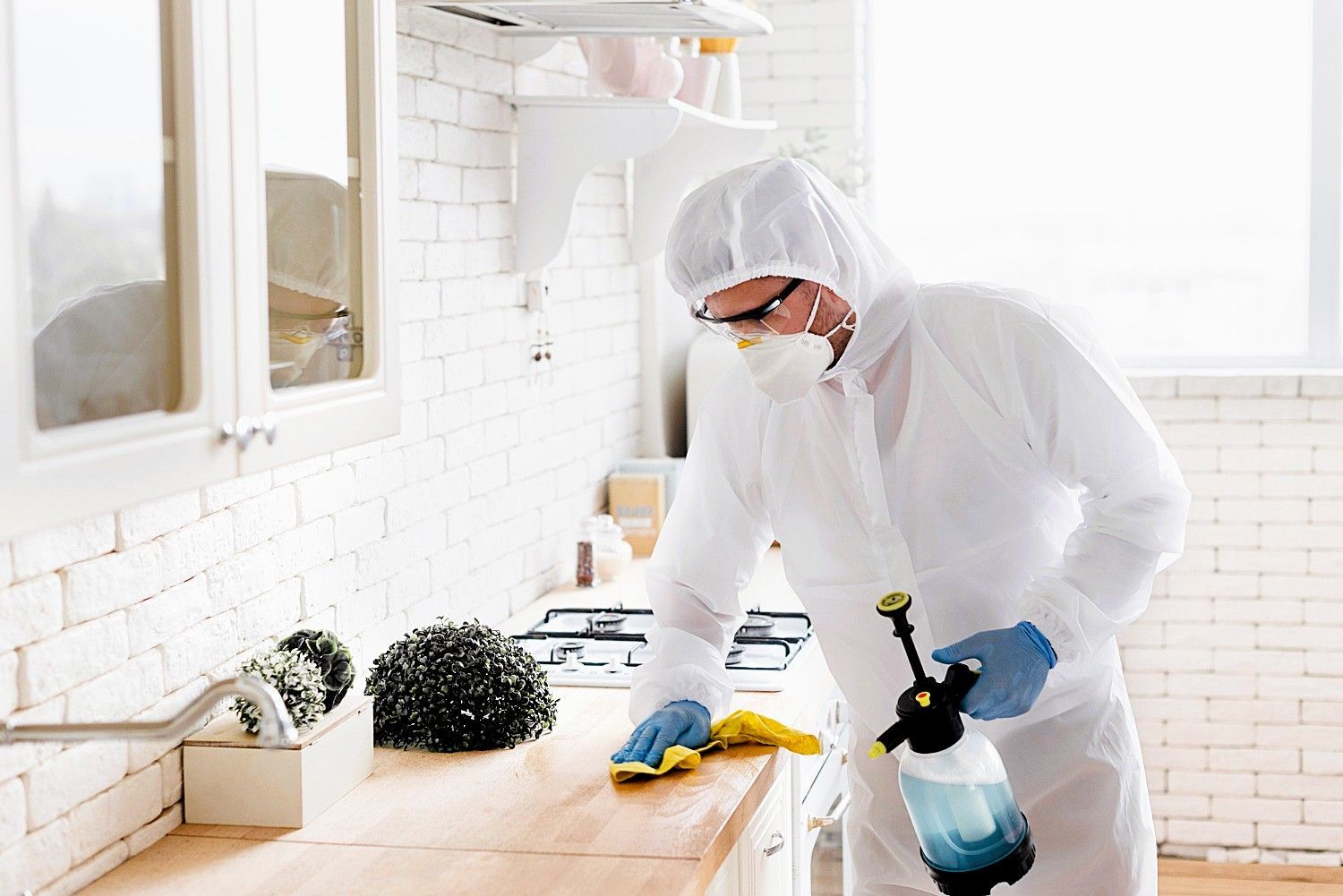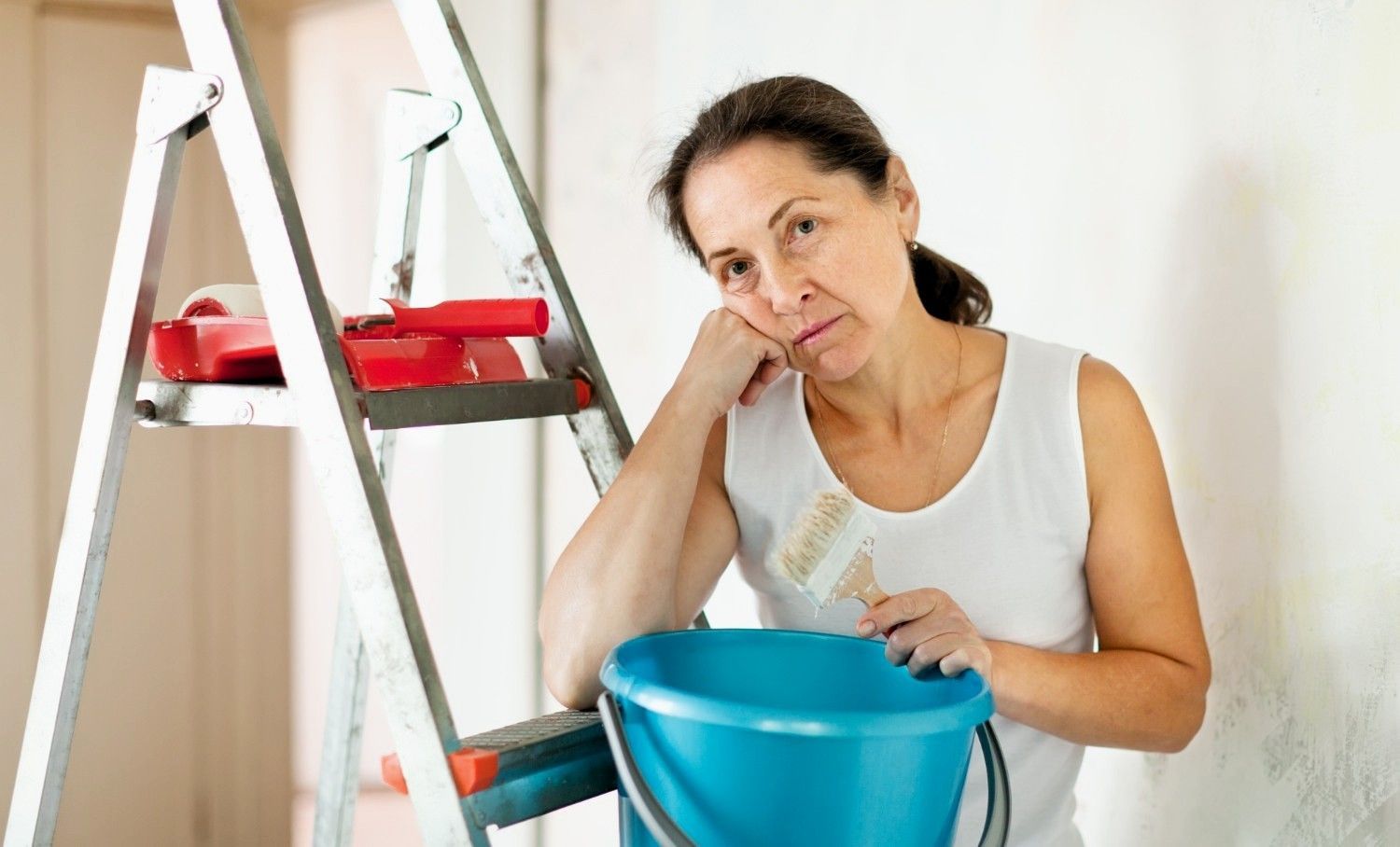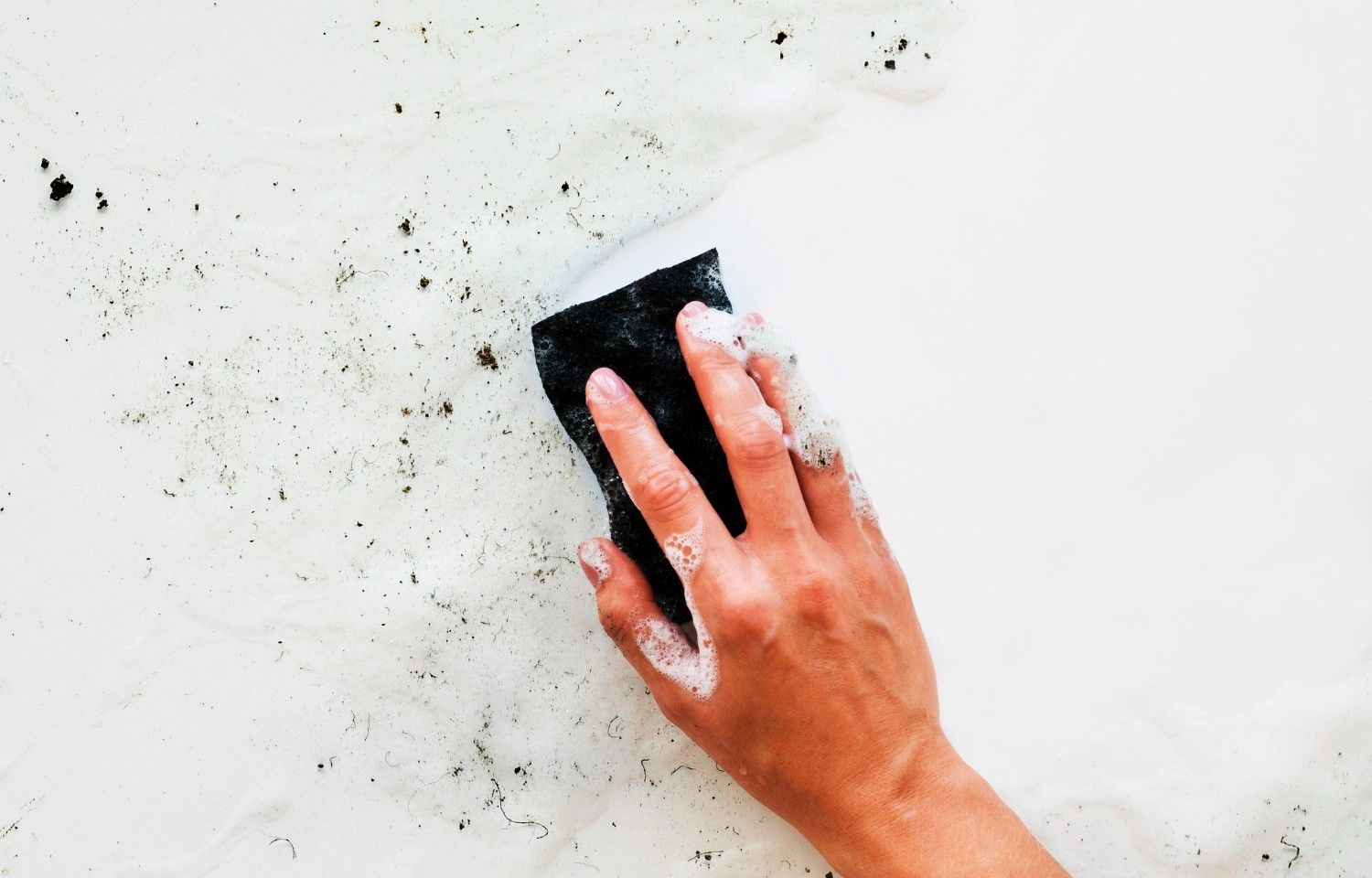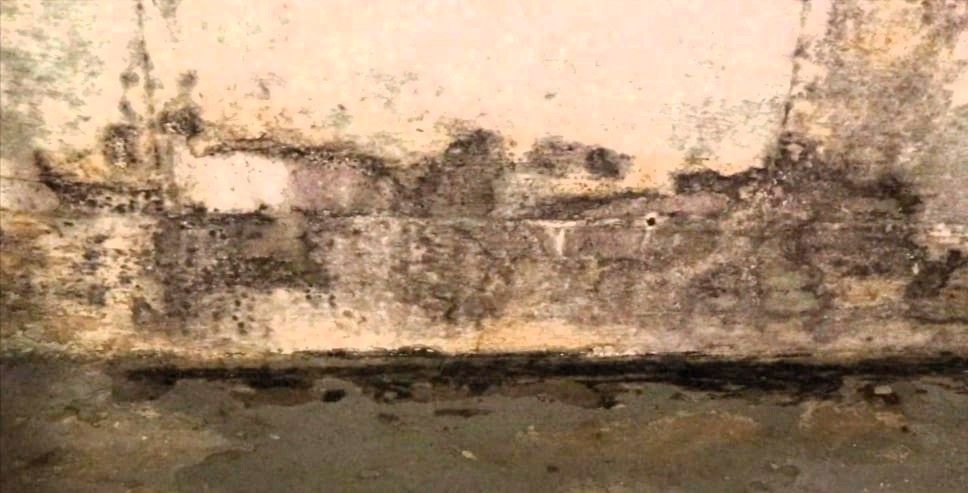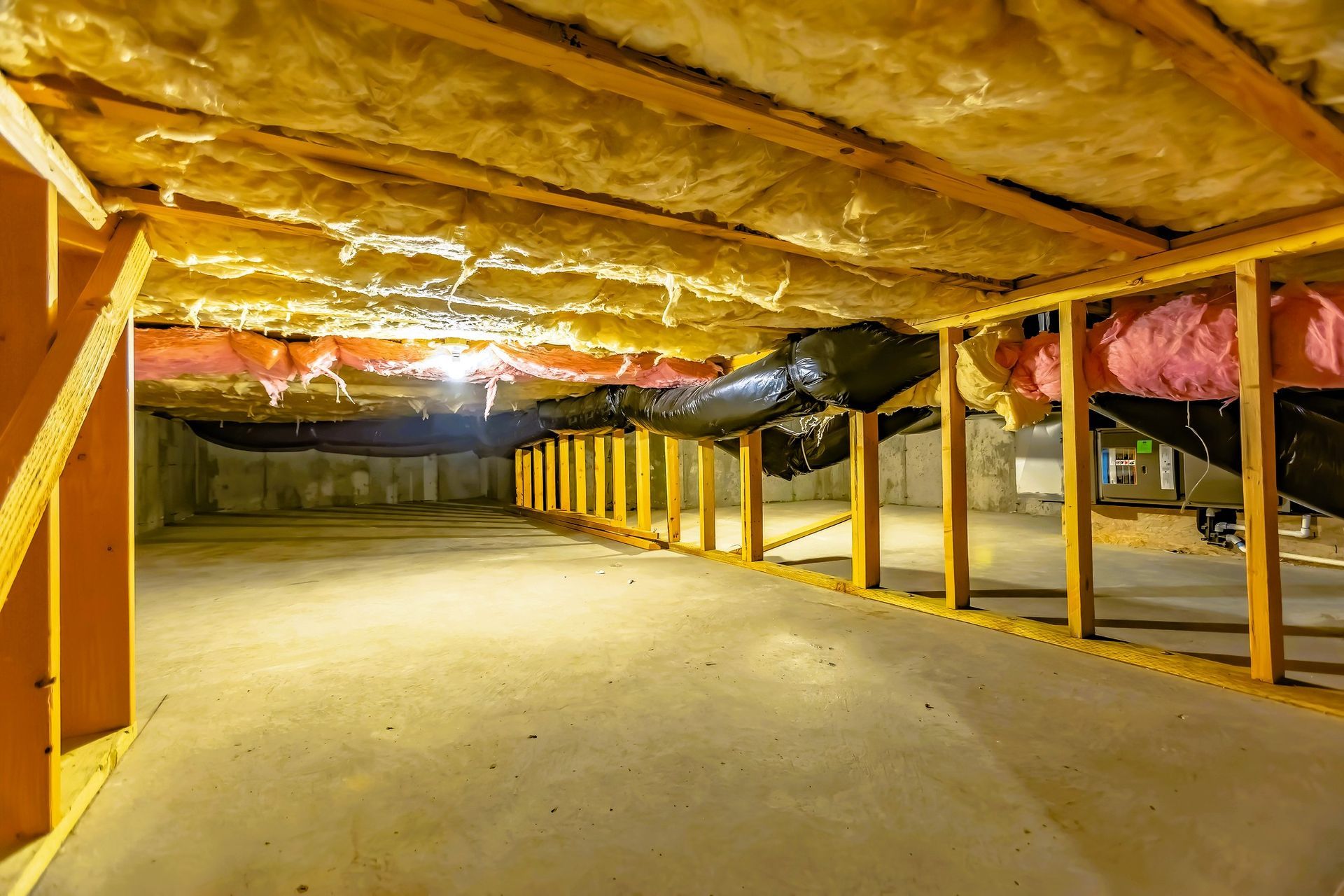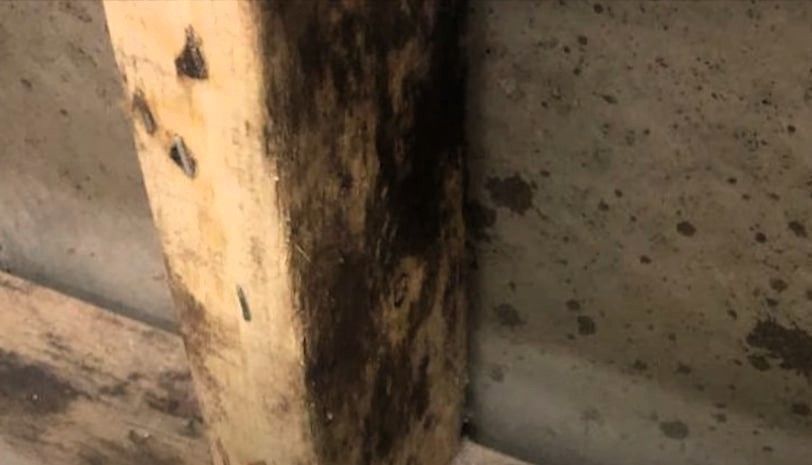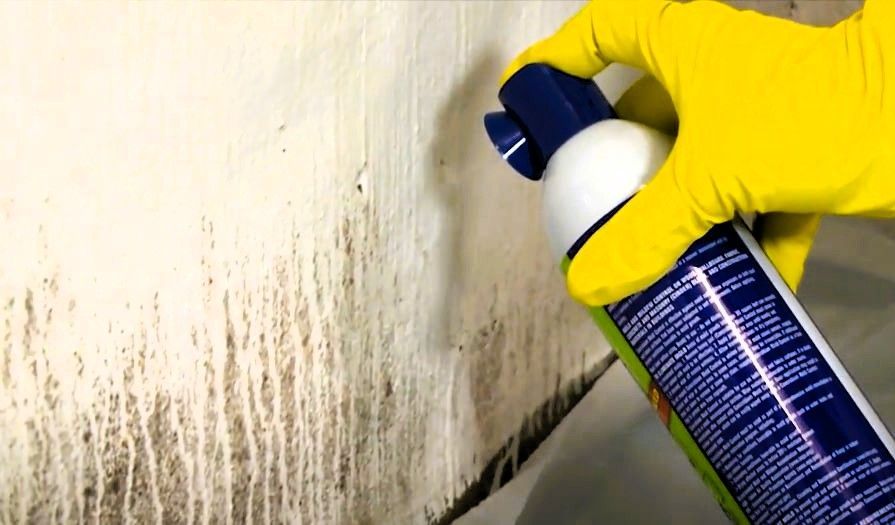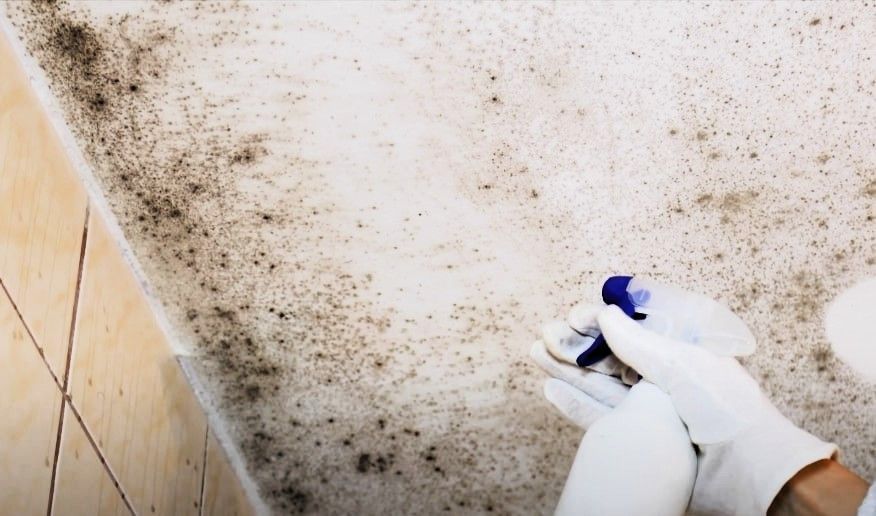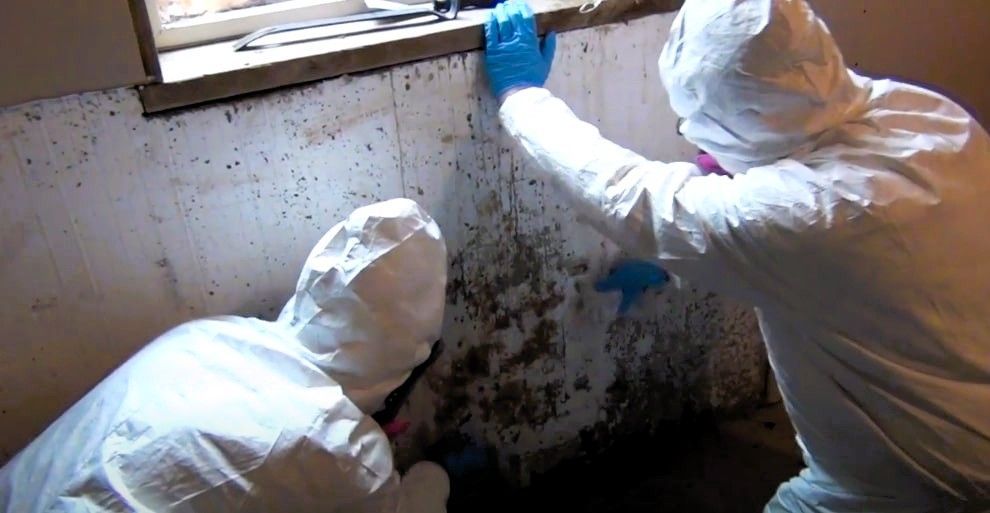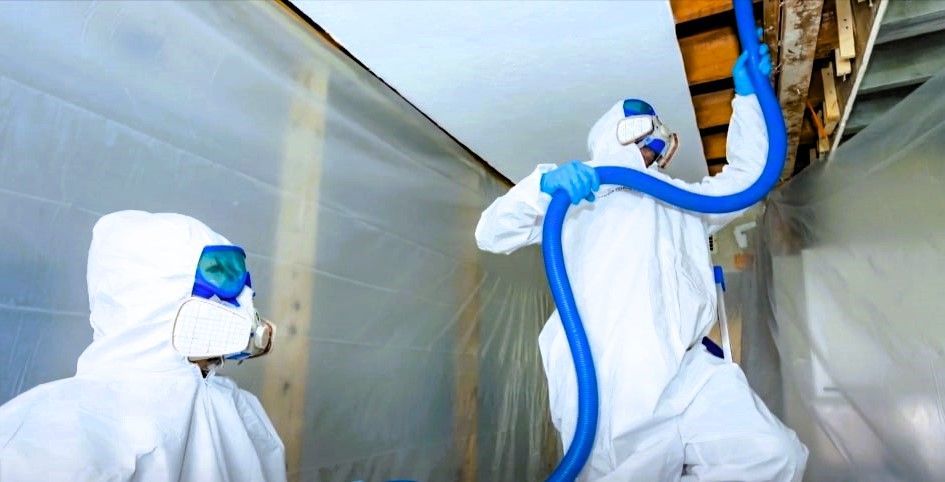5 Common Causes of Basement Mold and How to Address Them
What are five common causes of basement mold?
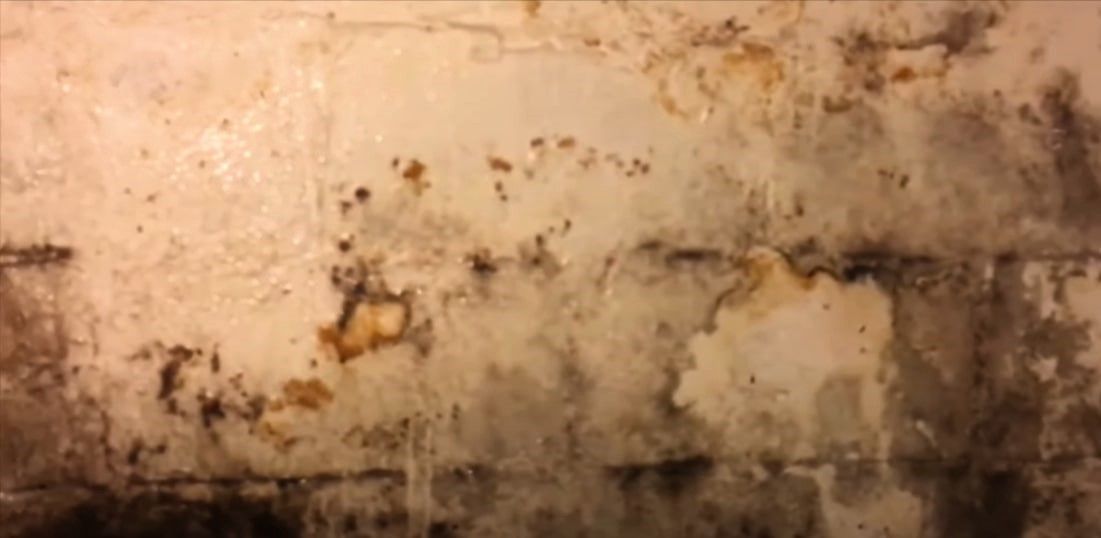
Basements, often hidden treasures of the home, can also harbor a not-so-welcome guest: mold. With their dark and damp environments, basements become ideal breeding grounds for mold growth, posing potential risks to both the structure and the health of your living space. Let's delve into five common causes of basement mold and explore effective ways to keep your home safe and mold-free.
1. Cracks in Floors or Walls: The Gateway for Mold
Tiny cracks in basement floors or walls may seem insignificant, but they're prime entry points for water. Even small amounts of rainwater seeping through can create the perfect conditions for mold to flourish. Mold can start its growth spurt within just 24 to 48 hours. Regular inspections and swift repairs of cracks are essential to nip potential mold issues in the bud.
2. Flooding Woes: A Breeding Ground for Mold
Basements, being close to the water table, are susceptible to flooding during heavy rain or storms. This water intrusion can lead to substantial damage, and drying out the basement quickly enough to prevent mold is no easy feat. Investing in basement waterproofing acts as a shield against water intrusion, fortifying your defense against mold-related problems.
3. Faulty Sump Pump: From Protector to Mold Facilitator
A malfunctioning or failing sump pump can turn from a protector to a mold facilitator. If water accumulates due to a sump pump failure, mold growth may follow. Regular maintenance and timely repairs of your sump pump are critical to ensure it functions properly and keeps your basement dry.
4. Condensation Quandary: Appliances Gone Awry
Improper seals and poor appliance venting in the basement can contribute to mold development. Appliances like dryers, when not vented properly, can create excess moisture, fostering a mold-friendly environment. Regular checks on seals, enhancing venting systems, and using dehumidifiers can mitigate condensation and reduce the risk of mold formation.
5. Ventilation Woes: The Hidden Culprit
Inadequate ventilation in the basement can lead to condensation buildup and increased humidity, creating an ideal environment for mold. Dirty HVAC filters and clogged air ducts only worsen the situation by circulating mold spores. Conducting an indoor air quality test can help assess ventilation and detect mold spores. Improving ventilation systems and addressing filter and duct issues can minimize mold growth.
Knowing When to Call in the Pros
When it comes to mold problems, some you can handle on your own, but others need expert attention. If you notice visible mold, detect musty odors, or experience allergy-like symptoms, it's best to call in a professional mold remediation service. After significant water damage, like a flood or burst pipe, it's wise to get a mold inspection as a precaution. Professional remediation includes containing the mold, thorough cleaning, and fixing underlying issues to prevent it from coming back.
Creating a Mold-Free Basement: Your Home's Safe Haven
While basements are often susceptible to mold growth, being aware of and promptly addressing common causes can protect your home. If you suspect mold issues or need professional assistance, Grand Rapids Mold Relief is here to help. Reach out to us for a thorough mold inspection and expert remediation services. Let's work together to ensure your basement remains a mold-free and healthy living space.
Contact Grand Rapids Mold Relief today, and let's restore your peace of mind!
